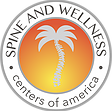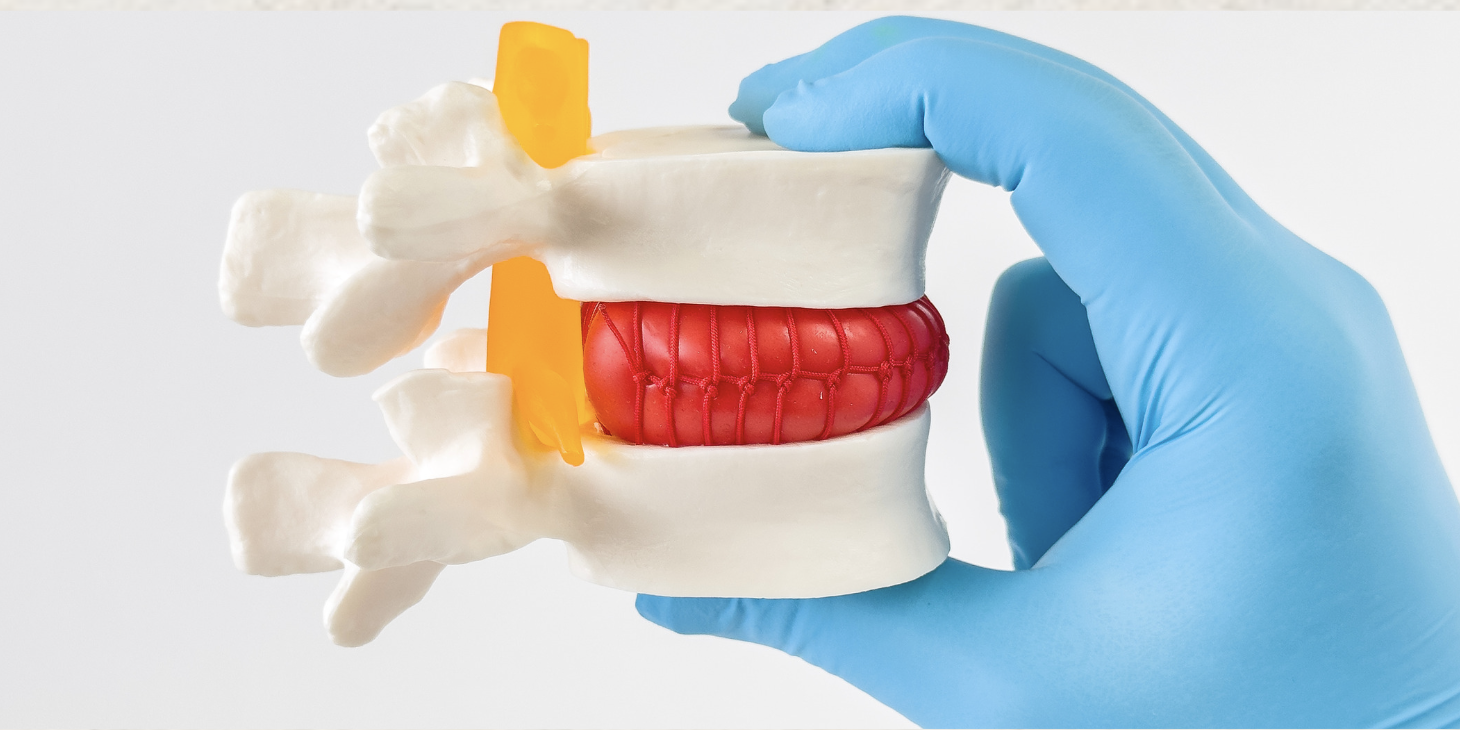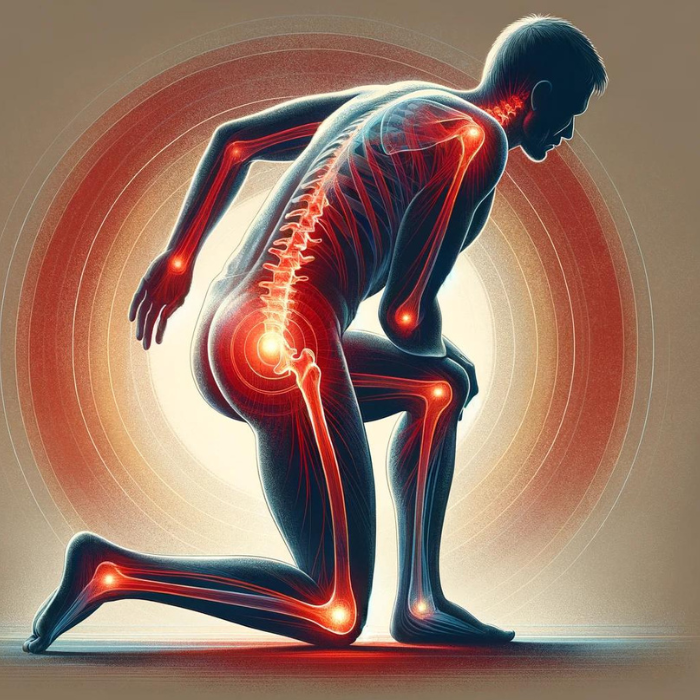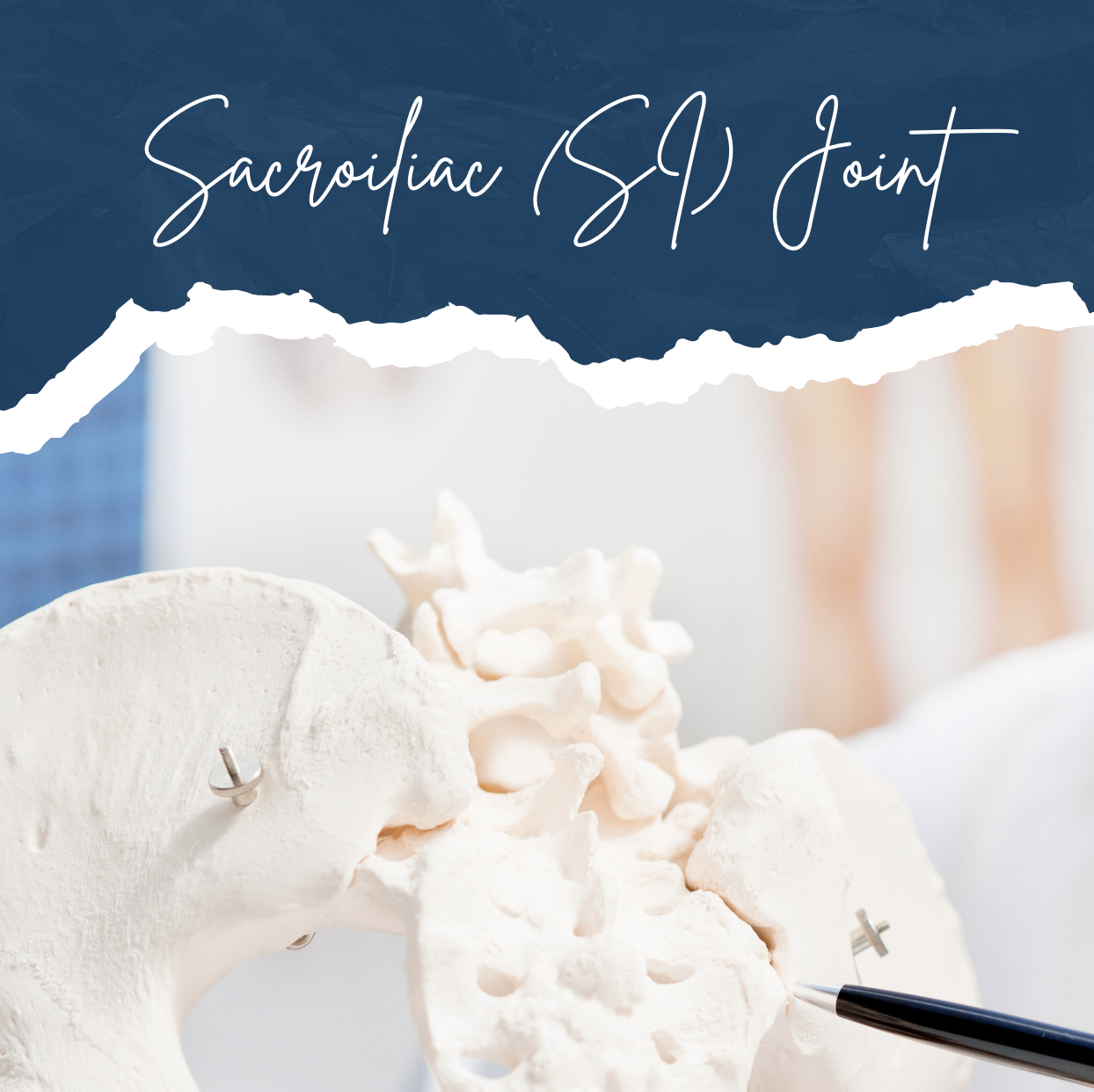With 84% of us worldwide feeling back strain at some point, Dr Mary O'Keeffe looks at the popular myths, ways to avoid pain, and how to cope when it strikes
We really need to change the thinking around back pain.
Disc bulges, weak cores, joints out of place; if you suffer from back pain, you may have heard these words as the reason for your discomfort. Moving when your back is locked is sore, and you will do anything to avoid it. However, not moving feels worse. Back pain can be managed sensibly enough without resorting to drastic measures. Here five back experts offer their solutions for pain.
Back pain is common
While back pain can be very painful and worrying, it is very common and rarely dangerous. A total of 84pc of people worldwide will experience back pain during their lifetime. It is equally common across all age groups; from young to old and doesn’t get worse with age. Therefore, it should not be seen as a result of ageing or “wear and tear”. Mostly people recover reasonably quickly, and many recover without the need for treatment. Some people experience repeated episodes of back pain which can be distressing, but again these are rarely dangerous.
Scans for back pain are rarely needed and can be harmful
Most people believe that a scan (for example an X-ray, MRI) will identify the cause of their back pain. However, the scientific research shows that scans are only needed when a serious condition is suspected (cancer, fracture/broken bone, infection). Luckily, these serious conditions are rare and account for approximately 1pc of all back pain worldwide.
The problem with having a scan is that it will almost always show something and much of this ‘stuff’ is poorly linked with back pain. Research has shown that people who don’t have back pain have disc bulges (30% of 20-year-olds, increasing to 84% of those 80 years of age), disc degeneration (37% of 20-year-olds increasing to 96% of 80-year-olds), disc protrusions (29% of 20-year-olds increasing to 43% of those 80 years of age) and facet joint degeneration or arthritis (4% of 20-year-olds increasing to 83% of 80-year-olds).
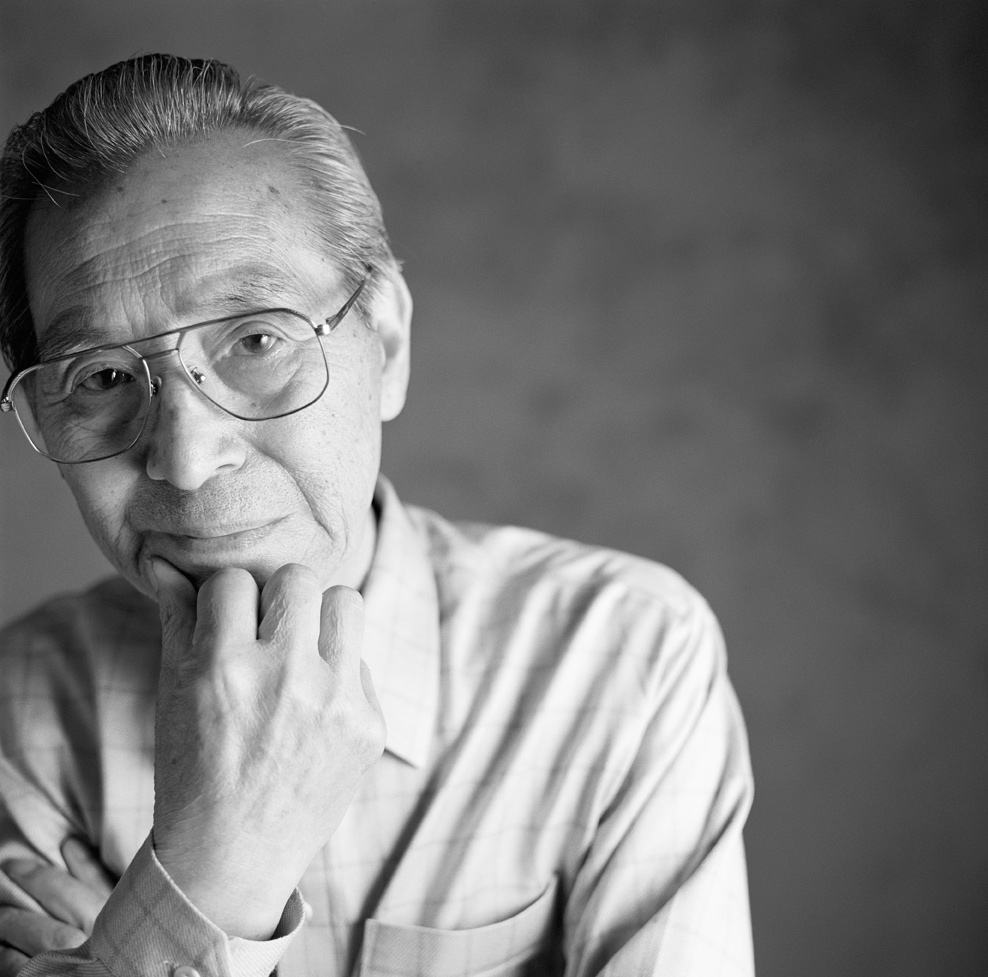
Back pain now affects one in 10 people
The scientific research is now suggesting that these are normal findings that increase with age, are not dangerous and often not painful. So think twice about getting a scan; and if you do get a scan and receive a long radiology report with scary terms, be clear that many of these things are common in people without pain.
The back is NOT that vulnerable to damage
Most people think the spine is something that needs to be protected. This is incorrect and has led to the provision of information and treatments that promote fear, protective guarding, avoidance and disability. Common examples include: “Your joint/pelvis/disc is slipped/out of place.”
People often move differently when in pain, giving the impression that something has gone out of place. However, scientific research has clearly shown that these structures do not go ‘out of place’ or ‘slip’. Some health professionals tell people that they are putting their structures back into place through treatments like manipulation. While many will experience short-term relief after these treatments, any benefit is due to changes in the nervous system and muscle relaxation – not due to realigning of discs and joints.

Exercise is recommended for those suffering from lower back pain
While exercising the core (planks, sit-ups, Pilates) has become very popular, core- stability programmes are not more effective than other types of exercise for back pain (for example walking). In fact, research has shown that many people with back pain over-work their core muscles. This is a bit like clenching a fist with a sore wrist, which in fact can put more pressure on the back when it is sore.
The ‘weak core’ or ‘your back/pelvis is unstable’ theory has not been supported by science, and can create a lot of unnecessary fear and needlessly complicates exercise treatment of back pain. Instead, moving in a relaxed, confident manner is more efficient.
Contrary to popular belief, there is no evidence that an ideal posture exists. While slouching is often blamed, there is no scientific evidence to support this as a cause of back pain. In fact, many people with back pain adopt very rigid upright postures and can’t relax. The next time someone suggests to you that back pain is caused by slouching, look around and observe all the people without any back pain that can sit in a wide range of relaxed postures, in contrast to people with back pain who often sit in very rigid, uncomfortable looking postures.
Inactivity results in discomfort, so taking breaks from sitting is very important.
The back is designed for bending and lifting
Like other body parts (for example the knee), the back is designed to move and adapt to many activities. It is important to be conditioned to lift; and shown how to lift heavy things correctly and safely. The back is designed to move and adapt to many activities. In the same way that a person can get a sore knee after doing an unaccustomed activity, people can get back pain when they lift something awkwardly or something that they aren’t used to.
People will use different techniques to lift that they find more comfortable and efficient; like people will have a different running technique. The key thing is practice and letting your body get used to different loads and weights. A coach/trainer may be helpful.
You can have back pain without back damage or injury
The traditional view is that pain is a sign of injury or damage. While some back pain may be related to a sudden, repeated or heavy-loading event, we now know that the volume switch for back pain can be turned up by many other factors also. These include physical (minding/guarding the back, avoiding movements), psychological (fear of damage/pain or not getting better, low mood/depression, stress), health (being tired and run down, low energy), lifestyle (sleep problems, low levels of physical activity, being overweight), and social (poor relationships at work or home, work satisfaction, stressful life events like a death or illness) factors.
This means that you may feel more pain when you move or try to do something, even though you are not damaging your back. Ever have a headache when you are stressed, sad, tired or run down? Back pain is no different. For many people, back pain can occur from just a minor mechanical trigger, like picking something up from the ground or rolling over. In this situation it is due to the spinal structures being sensitised due to other factors such as sleeping position or stress.

Back pain
Crucially, all back pain is 100pc real. It is unique to each person and it is not ‘all in the head’ or imaginary, even if things like stress, mood or poor sleep are a part of the problem. Being aware of all the different factors can give you a better understanding of your pain and what things need to be addressed to turn down the volume switch for back pain.
Don’t take back pain lying down and don’t rush for surgery
Since people often think they have done damage when they get back pain, it is common for people to go to bed and rest until all pain is gone. However, there is very strong evidence that keeping active and returning to all usual activities gradually, including work and hobbies, is important in aiding recovery. While you may feel relief from rest initially, prolonged rest is unhelpful, and is associated with higher levels of pain, greater disability, and longer absence from work.
Surgery is rarely an option for back pain. There are some uncommon back conditions where there is pressure on the nerves that supply the leg and the patient gets leg symptoms such as pain, pins and needles or numbness. For these conditions surgery can help the leg symptoms but it is important to understand that surgery is not always required.
Unfortunately, many people are sent too quickly for surgery such as lumbar fusions and these are very expensive. You also need to know that on average, the results for back surgery are no better in the medium and long-term than non-surgical interventions, such as exercise. So a non-surgical option, which includes activity/exercise, should always come first.
Exercise is good for back pain but people are often afraid
Contrary to popular belief, exercise is helpful for back pain, and the best is the type you enjoy. For example, walking, running, cycling, swimming, yoga and pilates all have similar effects for back pain.
Unfortunately, many people are given frightening information about exercise. People are often told to avoid running on the road, avoid swimming the breast-stroke, and to stick with low-impact activities like walking. Scientific research does not show that any of these activities are bad for your back, or wear out your joints. Like the sprained ankle example, these activities may be sore initially but they are not damaging to your back. Doing them in a relaxed manner (moving normally, not bracing and not breath-holding) and progressing gradually is more important.

Back pain is now one of the major causes of people being out of work for long periods
It is emerging that the amount of exercise you do is more important than the type of exercise. More than 30 minutes per day has the greatest health benefits but any amount you can manage will result in benefit. The benefits of exercise even include reducing the risk of developing back pain.
Most importantly, you should do an exercise that you enjoy, that is affordable and easy to access.
Feeling stiff and sore after exercise does not indicate damage to your body – it simply reflects your body not being used to the activity. You can start with gentle activity and then increase your levels.
Strong meds do not have strong benefits for back pain
Many people think strong pain needs a strong painkiller. This is not true. If you have a new episode of back pain, you should start with a simple over-the-counter painkiller and not rush for prescription medications. Scientific research has shown that strong painkillers such as those containing an opioid do not provide greater pain relief over simpler options, and actually have greater potential for harm. Harms associated with opioids include dependence, overdose, falls, fractures, depression, and sexual dysfunction. If you do start on a painkiller, start with a small dose and make an agreement with your GP about when to review/stop taking the painkillers.
Buyer beware: internet, fads, fashions and bandwagons
Be wary of commercial sites that are selling a product. We hear daily claims about miracle cures and best treatments for back pain in the media and on the internet. These include electrical devices, magnets, needles, fancy exercise machines, colourful tapes, cupping therapy, herbal supplements, fancy shoes/insoles, stem cell injections and many other potions and lotions. A lot of these things have not yet been tested so you are potentially just wasting your money, and when they have been tested the results are very unimpressive.
Back pain can be cured
We really need to change the thinking around back pain. The thinking around the spine is distorted and infused with panic. Of course you can injure the back – but be confident that it will get better. It is common for people to be told that they cannot change their pain and they have to live with it. The evidence doesn’t bear this out. The back can also recover.
Think of it like an ankle sprain. It is incredibly painful at the start but it gets better with graduated activation. Avoiding movement would not help an ankle sprain, and the same goes for a back injury or back pain. The pain experience is unique to you and can involve an interplay of many different factors. It therefore makes sense that all of these factors must be considered in addressing your back pain. This could explain why many different treatments for pain fail in the long term as they only look at one piece of the puzzle.
Setting personal goals, addressing your relevant factors (lifestyle, health) and engaging in activities you enjoy like exercise, relaxation, socialising with friends and family, are all important for improvement and recovery. If a flare-up happens, do not panic. It is time for a change in the management of back pain.
* Information provided by Dr Mary O’Keeffe (University of Limerick), Dr Derek Griffin (Tralee Physiotherapy Clinic), Dr Kieran O’Sullivan (Aspetar Orthopaedic and Sports Hospital, Doha, Qatar), Professor Peter O’Sullivan (Curtin University, Australia), Professor Chris Maher (The George Institute for Global Health, University of Sydney, Australia)
